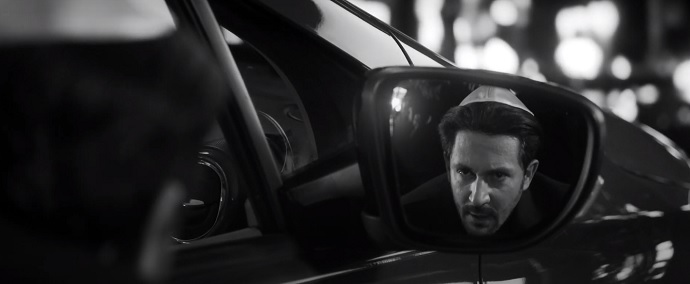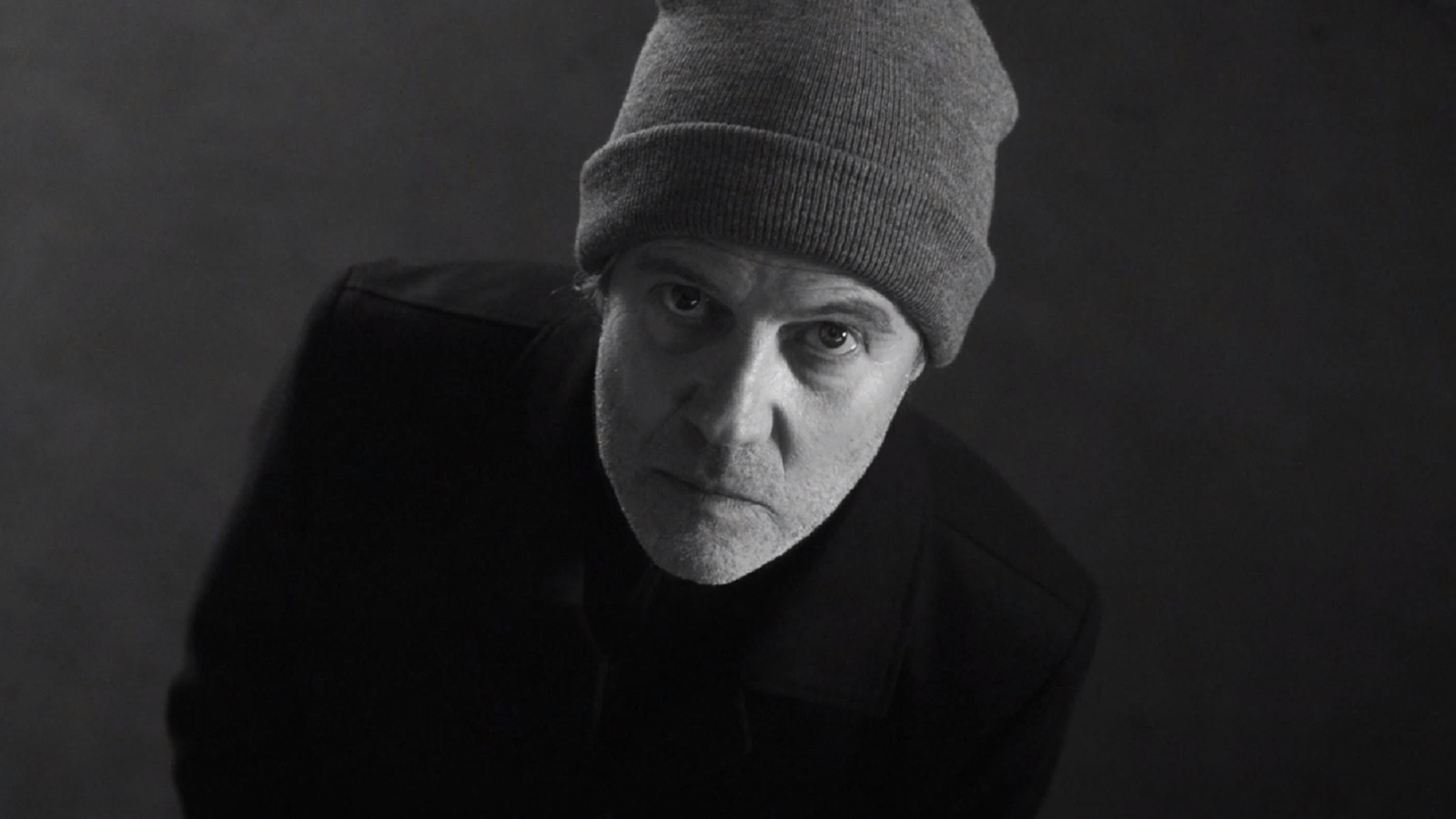Although humans share similarities, they also share differences which, in turn, might give birth to prejudice, a poor attitude towards someone that’s from a different group than theirs. Oftentimes, prejudice begins in the form of a stereotype, which is actually an incorrect opinion about individuals that belong to a certain group. The “preachers” of these misconceptions are family, teachers, the media, or other forms of socialization, such as social media platforms. Sadly, when people act based on prejudice, fueled by stereotypes, discrimination is born and, as such, they have a negative action toward an individual or a group of people.
The types of discrimination may vary, depending on the other person’s (group) race, gender, age, religion, or sexual orientation. It can take the form of racism, sexism, ageism, or homophobia and it is oftentimes associated with hate. Yet, a campaign from Publicis Conseil for International League Against Racism and Anti-Semitism (LICRA) shows that racism is strongly related to fear.
The initiative “Faces of Fear” shows the many faces of fear in an attempt to illustrate how racism has evolved. It is about xenophobia that materializes in having feelings of fear towards the other. By giving a voice to it, LICRA tries to reduce fear’s power.

The messages we receive from the outside only fuel our fears, so they end up manipulating our behavior. Fear can be disguised as “the one you’ll cautiously watch when there’s an announcement in the subway to be aware of the pickpockets.” Or it can “look like the carrier of a new and deadly virus.”
Viewers can see the many shapes fear takes in the one-minute-long video the agency made to promote LICRA’s campaign to “mobilize the country’s consciences and vital forces, in order to fight them together. Let’s mobilize ourselves so that the universalist ideal, the values of equality, and fraternity live. Together, let us act against fear.”
The NGO is committed to building a more fraternal Republic, seeking to promote an anti-racist culture in the country through education in schools, by alerting public authorities on social networks, and by defending and supporting victims of discrimination. It also promotes the culture of debating and reflection through its LE DDV (Le Droit de Vivre) magazine. LICRA has been at the forefront of battles against racism and anti-Semitism since 1927 with the mission of defending a simple principle: The universality of human rights.
Credits:
Client: International League Against Racism and Anti-Semitism (LICRA)
Agency: Publicis Conseil
